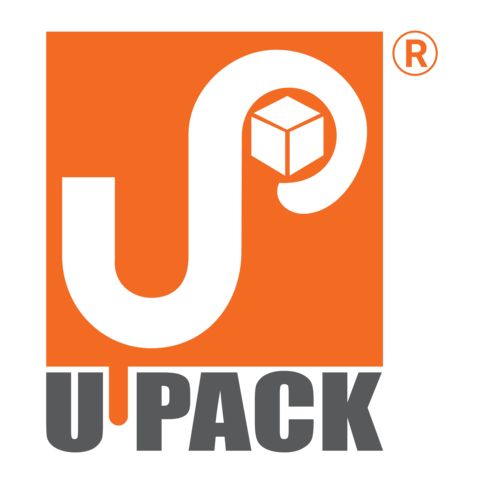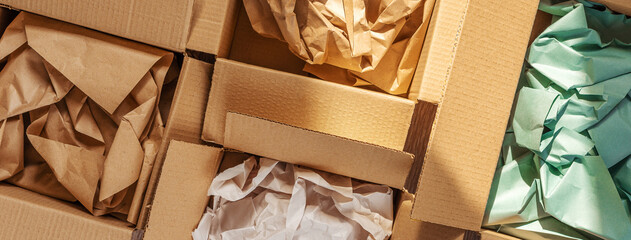How to Choose the Right Packaging Material for Your Business
How to Choose the Right Packaging Material for Your Business

Choosing the right packing material is a critical decision for any business. The packaging material not only protects your product during transportation and storage but also represents your brand and impacts the customer's perception of your product. Good packaging material can enhance the product's perceived value and help attract more customers to your business.
On the other hand, poor packaging material can result in damaged products, increased costs, and a negative impact on your brand reputation. Therefore, it is vital to understand the different types of packaging materials and choose the right one that meets your product's needs and your business's requirements.
Identifying Your Product and Its Packaging Needs
The first step in choosing the right packaging material is to identify your product and its packaging needs. You need to consider the product's size, shape, weight, and fragility to determine the appropriate packaging material. For instance, if you are shipping delicate or fragile items, you may need a more robust and protective packaging material than if you were shipping a sturdy item. Similarly, the packing material you choose should also be compatible with your product's shape and size to ensure proper fit and protection.
Understanding the Different Types of Product Packaging Materials Available
There are several types of packaging materials available in the market, each with its advantages and disadvantages. Some of the commonly used packaging materials are corrugated cardboard sheets, plastic, foam, paper, and metal. Corrugated sheet rolls are the most popular packaging material due to their versatility, strength, and recyclability.
Plastic is another popular packaging material due to its durability, flexibility, and moisture resistance. Foam is commonly used to provide additional cushioning and shock absorption, especially for fragile items. Paper grocery bags and metal are also used for specific products due to their unique properties. So this proves that different types of packaging materials are used and needed for different kinds of products. So, choose wisely!
Comparing the Pros and Cons of Each Packaging Material
Each packaging material has its advantages and disadvantages. Corrugated cardboard sheets are cost-effective, lightweight, and eco-friendly, but they may not be suitable for heavy or wet products. Plastic is durable and moisture-resistant, but it may not be recyclable or biodegradable, causing environmental concerns.
Foam provides excellent cushioning and shock absorption, but it is not eco-friendly and may be expensive. Paper is biodegradable and recyclable, but it may not be suitable for heavy or bulky products. Metal is durable and can withstand extreme temperatures, but it may be expensive and heavy. All in all, everything has pros and cons, so we need to choose the packaging material according to what’s best for our product's suitability at the moment.
Considering Cost, Durability, and Sustainability in Your Decision
Cost, durability, and sustainability are essential factors to consider when choosing the right packaging material for your business. You need to consider the overall cost-effectiveness of the packaging box material, including production, transportation, and disposal costs. More durable packaging material may cost more initially but may save you money in the long run by reducing the likelihood of product damage during shipping and reducing the need for replacement packaging.
Sustainability is also a critical consideration, as consumers are increasingly worried about the environmental impact of packaging waste. Sustainable packaging materials, such as recycled materials or biodegradable plastics, can help reduce the environmental impact of packaging waste and promote your brand as environmentally conscious.
Additionally, it is important to consider the durability of your packaging material in relation to the product being packaged. For example, fragile items may require more cushioning and shock-absorbing materials to prevent damage during shipping. However, this may increase the overall cost of packaging.
Ultimately, when choosing a packaging box material, it is essential to find a balance between cost, durability, and sustainability that meets the specific needs of your business and products. By considering these some factors, you can make an informed decision that supports the success of your business while also minimizing its impact on the environment.
Addressing Environmental Concerns with Sustainable Packaging Options
Sustainability is a very important consideration when choosing a packaging material. Sustainable packaging options are eco-friendly and can be easily recycled or biodegraded. This reduces the environmental impact of packaging waste. Some sustainable options include biodegradable plastics, plant-based materials, and recycled materials. By using sustainable packaging options, businesses can reduce their carbon footprint and promote a healthier environment.
Conclusion: Making the Best Packaging Material Decision for Your Business
Choosing the right packaging material for your business requires careful consideration of your product and its packaging needs. You should also compare the pros and cons of different packaging materials, considering factors such as cost, durability, and sustainability. By selecting a sustainable packaging material, you can reduce your environmental impact and promote a healthier environment. Ultimately, the best packaging material decision for your business will rely on your specific needs and priorities.

